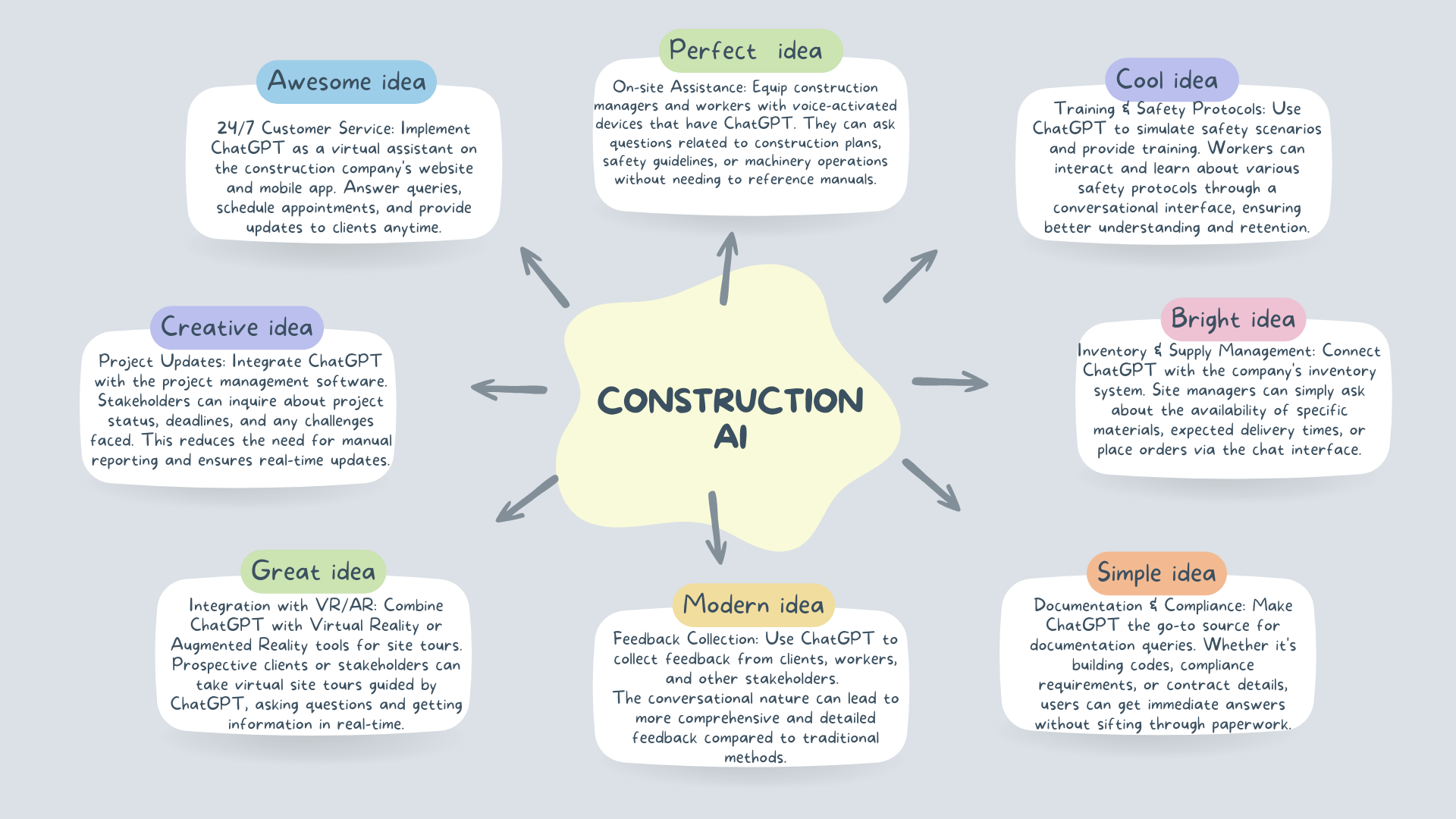Combining SQL and Vector Databases for Advanced Customer Management
Content:
In the ever-evolving digital landscape, businesses constantly seek innovative ways to manage and utilize their data. Combining SQL databases with Vector Databases opens a new frontier in Customer management, blending the structured, reliable approach of SQL with the nuanced, context-aware capabilities of Vector Databases.
This integration can revolutionize how Customers are stored, searched, and utilized, leading to enhanced customer engagement and business intelligence.

The Complementary Strengths
SQL Databases: Structure and Precision
SQL databases excel in handling structured data. They are ideal for storing, retrieving, and managing traditional data types like names, addresses, and transaction records in a highly organized, tabular format.
SQL’s powerful querying language allows for precise operations like filtering, sorting, and joining data, making it indispensable for tasks requiring exact matches and relational data operations.
Vector Databases: Context and Similarity
Vector Databases, conversely, are adept at managing unstructured data such as text, images, and complex patterns. By converting this data into numerical vector spaces, they facilitate operations based on contextual similarity rather than exact matches.
This is particularly valuable in understanding and leveraging complex relationships and patterns within data, such as matching Customers based on interest similarities or behavioral patterns.
Synergizing SQL and Vector Databases in Customer Management
Combining these two types of databases can create a more dynamic and intelligent Customer management system, harnessing both the precision of SQL and the context-aware capabilities of Vector Databases.
Enhanced Customer Profiling
SQL databases can maintain structured Customer information, while Vector Databases can enrich this data with unstructured data insights.
For example, textual data from Customer interactions, social media activity, or feedback can be vectorized to add layers of understanding to each Customer profile, capturing nuances like sentiment, interests, and preferences.

Context-Aware Searching
Integrating vector search capabilities with SQL databases allows for context-aware searching. Beyond finding Customers with specific names or demographic attributes (SQL), users can also find Customers based on abstract queries like "Customers interested in renewable energy tech startups" (Vector Database).
This not only enhances the effectiveness of marketing and sales strategies but also enables a deeper personalization.
Advanced Recommendation Systems
Incorporating vector database's similarity-based search with SQL's structured data querying can power sophisticated recommendation systems.
For example, suggesting new products or networking opportunities to Customers by understanding their interests and interaction histories through a combination of SQL queries and vector similarity calculations.
Predictive Analytics and Behavior Modeling
SQL's ability to manage transactional data, combined with vector databases' proficiency in pattern recognition, can lead to powerful predictive models.
Analyzing historical data (SQL) alongside behavioral patterns and preference Vectors can help forecast future customer behaviors and trends.

Real-Time Data Syncing and Integrity
Maintaining data integrity between SQL and Vector Databases is crucial. Real-time syncing mechanisms ensure that updates in Customer profiles or interactions in the SQL database are promptly reflected in the vector representations, maintaining consistency and accuracy across both systems.
Technical Considerations and Challenges
Data Integration
Seamless integration between SQL and Vector Databases requires thoughtful planning.
Data pipelines must be established to flow data between the two systems efficiently, ensuring Vector Databases are continually updated with the latest SQL data.
Query Optimization
Balancing load between SQL and Vector Databases for optimal performance is key.
Depending on the query nature and required output, determining which database to query first, or how to distribute the query, can significantly impact performance and results.
Security and Compliance
Data security and compliance are paramount, especially when handling personal Customer information.
Ensuring that both SQL and Vector Databases adhere to data protection standards and regulations is critical.
The Road Ahead
As businesses strive for more sophisticated and personalized Customer management strategies, the synergy between SQL and Vector Databases offers a promising pathway.
This combination leverages the reliability and precision of SQL databases with the context-aware, pattern-recognizing prowess of Vector Databases, leading to smarter, more effective Customer management and engagement strategies.
Adapting to this hybrid model could be a game-changer for businesses looking to harness the full potential of their data in an increasingly complex digital world.